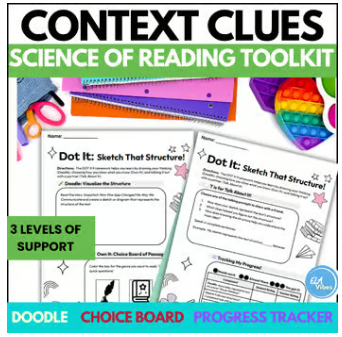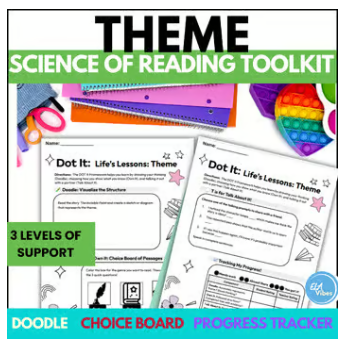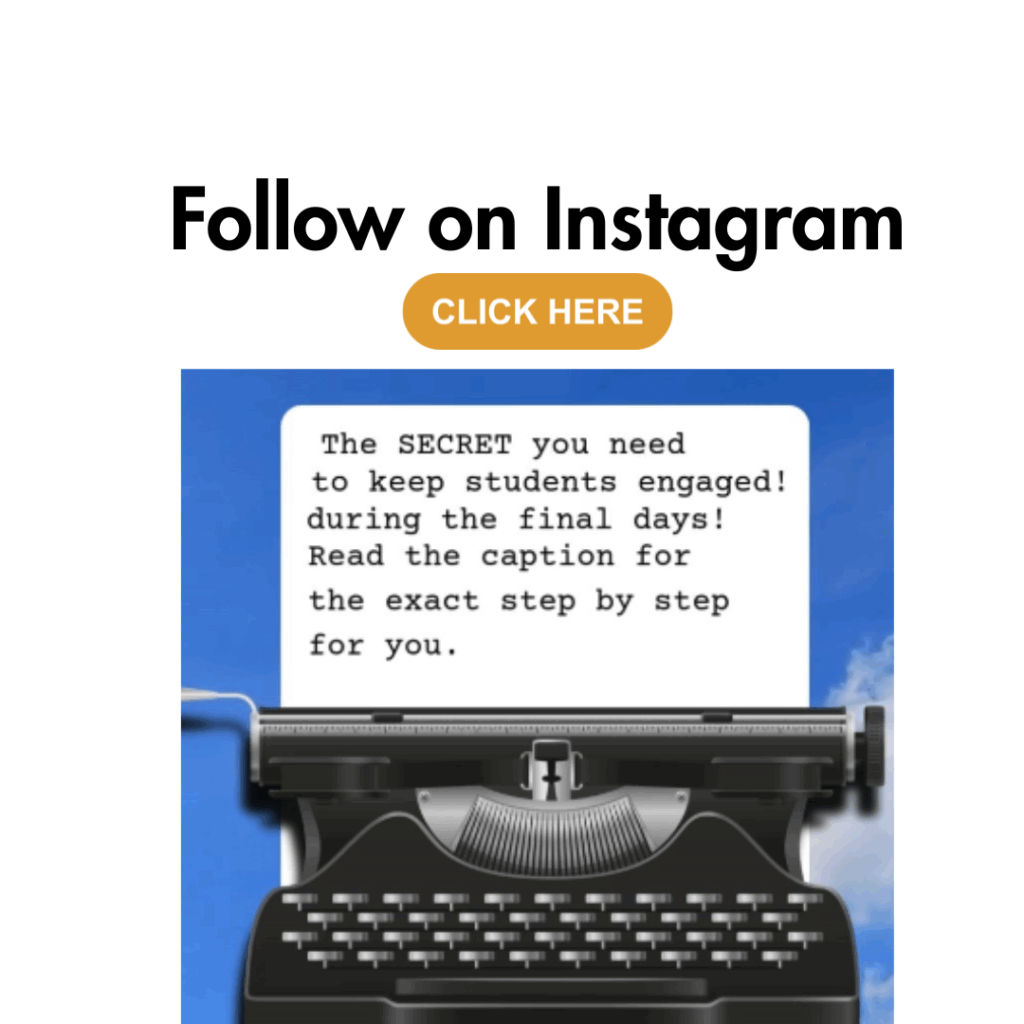Understanding your child’s reading level can feel overwhelming, especially with terms like Lexile measure, Fountas & Pinnell, and developmental reading assessment thrown around. Whether you’re a teacher, parent, or tutor, knowing how to match reading materials to a student’s reading ability is essential. In this guide, we’ll break down what reading levels really mean, how they’re measured, and why choosing the right books can make all the difference for young readers.

Are Reading Levels important?
Reading levels are more than just numbers on a report card. For young readers, especially in elementary schools, they offer a starting point for matching students with age-appropriate books. The right reading level system helps teachers support struggling readers while challenging advanced readers. But with so many systems out there, like Lexile, Fountas & Pinnell, AR level, and others, it can be hard to know what matters most.
The goal isn’t to box kids into a level. It’s to give a clearer picture of their reading abilities and which leveled texts will help those skills grow. Used well, reading levels offer valuable information about a child’s reading level, including their strengths, needs, and progress over time.
Are Reading Levels accurate?
The short answer? Sometimes. Reading levels are based on a measurement system that looks at things like word frequency, sentence length, and text complexity. But no system is perfect. Each leveling system uses different formulas and assumptions, which can lead to inconsistencies.
For example, the Lexile framework assigns a Lexile measure based on how difficult the words and sentence structure are. It doesn’t consider things like subject matter or child’s interests. On the other hand, Fountas & Pinnell and the Developmental Reading Assessment (DRA) look more closely at how well students understand what they read. These systems include things like comprehension questions and teacher observations.
There’s also the question of performance standards. The NAEP achievement levels, like NAEP proficient or NAEP advanced, give national benchmarks. But they’re not tied to specific books, so they don’t always help when you’re choosing something for a particular student to read.
Reading levels can give you a good start, but they shouldn’t be the only thing you look at. Even if a book matches a child’s level, it might still be too boring or too mature depending on the interest level, background knowledge, or whether the student is emotionally ready for the topic.
Looking for a way to apply reading levels in small groups? This text structure resource offers leveled support to build comprehension.
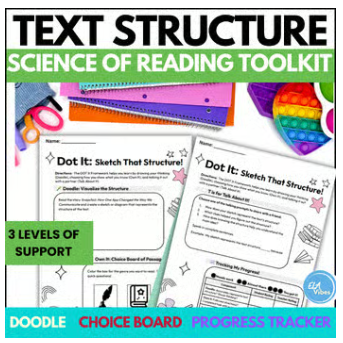
What Reading Levels can’t do
There is controversy on how to use reading levels in the classroom. A reading level can give you data but it doesn’t tell you any information on why the student is at this level.

Reading levels do have limitations.
HOw Many Reading LEvels are there?
That depends on which system you use. Here are some examples:
- Lexile Reading Levels: Range from below 200L for early readers to above 1600L for older readers
- Fountas & Pinnell: Levels A-Z, typically used from kindergarten to middle school
- DRA Levels: From level 1 (beginning readers) to level 80 (college-level)
- AR Levels: Used in Accelerated Reader programs, ranging from 0.1 to 13.5
- Grade Level Reading: Linked to grade expectations like 3rd grade or 4th grade
These systems are designed to place a child somewhere along a reading continuum. But here’s the thing: a child’s level isn’t fixed. A student might read better with non-fiction texts or do worse on a day they’re tired. Their current reading level can fluctuate.
Main Factors That Affect Reading Level:
- Reading ability and comprehension levels
- Sentence structure, sentence length, and vocabulary
- Text complexity and subject matter
- Interest level and background knowledge
- It’s also important to remember that growth isn’t linear. A third grade student reading at the 25th percentile might just need more practice, more support, or the right books to help them catch up.
HOw are Reading Levels Measured?
There are a few different ways schools measure students’ reading levels, and each method has its pros and cons.
1. Lexile Framework
This system gives both books and students a Lexile level based on how hard the vocabulary and sentence length are. It’s widely used because it’s objective, but it doesn’t take into account how interesting or appropriate the book is for the reader.
- Focuses on word frequency and sentence length
- Doesn’t account for subject matter or themes
- Often used in standardized reading tests and online resources
2. Fountas & Pinnell
Created by Irene Fountas and Gay Su Pinnell, this system ranks leveled texts from A to Z. Teachers observe how well students read and understand a text, usually in small groups.
- Looks at fluency and comprehension
- Emphasizes reading behaviors and strategies
- Requires teacher training and judgment
3. Developmental Reading Assessment (DRA)
This tool gives an independent evaluation of reading fluency, comprehension, and accuracy. Teachers usually use it on a trial basis to find a student’s instructional level.
- More detailed than automated systems
- Often used at the beginning or middle of the year
4. NAEP Achievement-Level Setting
The National Assessment of Educational Progress (NAEP) sets national goals for reading skills using labels like Basic, Proficient, and Advanced. These are helpful for big-picture education statistics, but they’re not useful for day-to-day reading choices.
5. Universal Screeners
Tools like i-Ready, STAR Reading, or MAP Growth are used to measure a student’s Lexile measure and help place them in an appropriate reading level. These universal screeners help identify struggling students early and guide teachers in their planning.
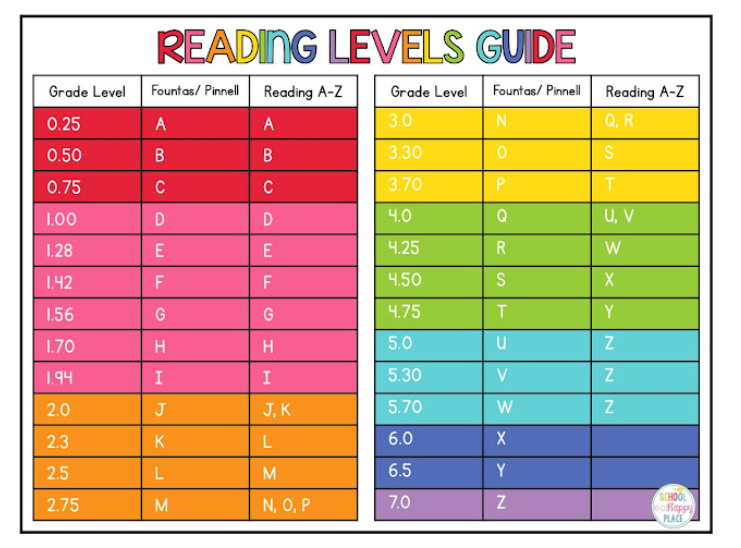
Independent, Instructional, and Frustration Levels: What Parents and Teachers Should Know
Reading levels are usually grouped into three categories:
- Independent: The child can read the text easily with 95–100% accuracy and strong comprehension. This level builds confidence and fluency.
- Instructional: The child reads with 90–94% accuracy. This is the sweet spot for guided reading and learning new skills.
- Frustration: The child reads below 90% accuracy. At this level, they likely miss too many words or struggle with comprehension.
Understanding where a child falls in the independent–instructional–frustration level range helps ensure they’re getting just the right amount of challenge without becoming overwhelmed. But it’s not always easy to find materials that actually support those levels. Try these flexible tools to build confident readers.
Benchmark Timelines: When Kids Typically Advance Levels
There’s no one-size-fits-all answer, but here are general guidelines:
- Kindergarten–Grade 1: Rapid growth—1–2 levels per month depending on exposure
- Grades 2–3: Students may move up 4–6 levels per year
- Grades 4+: Progress slows as texts grow more complex
Most kids don’t grow in a straight line. Reading growth depends on consistent practice, the reading program in place, and opportunities to read across genres. It takes time to learn reading and explicit instruction is key!
HOw to use reading levels in the classroom
Use leveled readers to teach skills on what the book has to offer.
- Students can use leveled readers for fluency practice. Repeated reading protocols support vocabulary development and encourage appropriate phrasing and intonation, which lead to increased comprehension.
- Leveled readers can be used to show students examples of things like how a story is structured or how the author uses certain types of language. These books are also a good way to introduce new vocabulary words that match their reading level.
- Add leveled readers to your classroom library shelves, and prioritize books on topics likely to excite your students
- Add leveled readers to topic-based collections of books students can use to support solidifying background knowledge and building vocabulary and knowledge.
- Use leveled texts for creative extensions. Have students rewrite the story in a leveled reader from a different perspective.
- Go on a text scavenger hunt. If you and your students are working on specific conventions such as sentence combining, figurative language, or grammar, have students find examples in leveled readers.
How to Match Books to a Reading Level
Once you know a child’s reading level, the next big question is: How do you find the right books?
✅ Use Book Leveling Tools
- Lexile Find a Book – Enter a book title to get its Lexile measure.
- AR BookFinder – Used for Accelerated Reader levels and point values.
- Scholastic Book Wizard – Choose from Guided Reading Level (F&P), Grade Level Equivalent, DRA, or Lexile.
- Booksource Classroom – Free teacher accounts with leveled book searches by genre, interest, and theme.
Encouraging Pleasure Reading Because Levels Aren’t Everything
One of the biggest issues in reading growth is the steady drop in pleasure reading. Reading for fun helps kids:
- Build stamina
- Strengthen vocabulary
- Develop positive reading habits
Let kids revisit favorite books, reread stories, or read below level for enjoyment. Choice is one of the best.
Conclusion: Reading is more than levels
Reading isn’t about scoring high on a scale. It’s about growing confidence, building reading skills, and helping students find books they enjoy. Whether you’re checking a book level, planning a lesson, or just choosing a bedtime story, keep the focus on the reader in front of you.
Need a no-prep way to differentiate reading? Grab this reading toolbox.
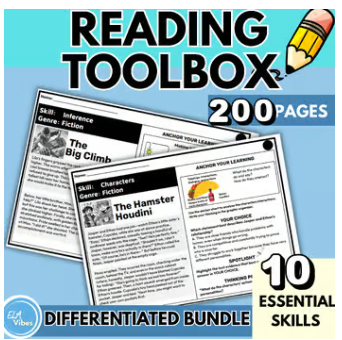
Additional Resources to Add to Your Toolbox
- How to Teach Reading Comprehension for Fiction
- How to Teach Summarizing
- Reading Error Analysis
- Free Escape Room

Favorite Amazon Items to Support Using Reading Levels
This post contains affiliate links, which means I may earn a small commission at no extra cost to you. I only share resources I truly love and use myself. Thanks for supporting my corner of the teacher world!
